London’s West End has long been a place of fun and entertainment – theatres, cinemas, and nightclubs. We look to the stages and large cinema screens to admire our modern-day idols and hope to meet them in the flesh. For Black History Month, we look at some familiar places in London’s West End and discover the people who were not just entertainers; but pioneers, performing on stages and working hard to increase the rights of Black citizens.
There have been Black performers on London’s theatre stages or in clubs during the last 300 years but often in the background – part of the ensemble, for amusement, such as the Venus Hottentot. The acceptance of Black actors in any meaningful role that would elevate them was always going to be difficult. To add to the challenge is the desire to address racial inequalities and discrimination not just in the theatre but in the real world they inhabit.
In 1825 one brave young man from New York became the first African American to tread the boards in England. His name was Ira Aldridge. He first appeared at the Royal Coburg Theatre (known today as the “Old Vic”) as the lead in a production of Revolt of Surinam, an adaptation of Thomas Southerne’s Oroonoko (itself an adaptation of Aphra Behn’s novel). The role that would hasten his departure from the West End was Othello – The Moor of Venice at the Theatre Royal Covent Garden. His performance was critically panned, referencing his inexperience, youth, and, damningly, his race! Aldridge performed as Othello only twice before the show was cancelled. Just under 100 years later, another African American would play the same role – Paul Robeson. His Desdemona was a young Peggy Ashcroft, her first major role in the West End at the Savoy Theatre.
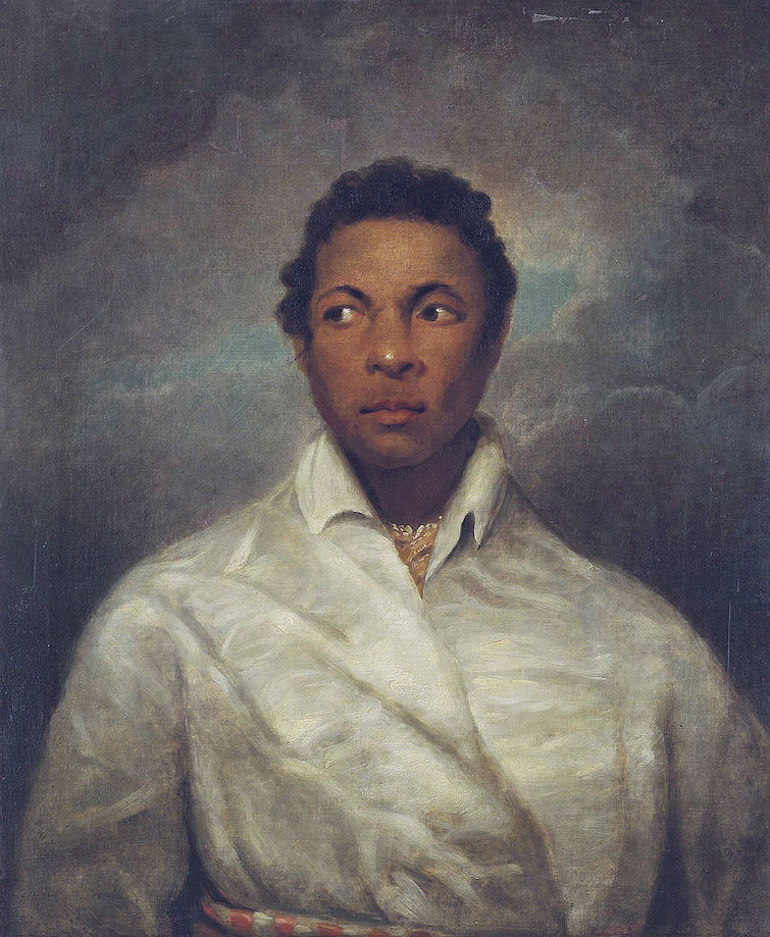 Painting of Ira Aldridge (1807-1867), in the character of Othello by James Northcote. Photo Credit: © Public Domain via Wikimedia Commons.
Painting of Ira Aldridge (1807-1867), in the character of Othello by James Northcote. Photo Credit: © Public Domain via Wikimedia Commons.
The London Palladium is situated in Argyll Street, a stone’s throw away from Oxford Street or Carnaby Street. Built in 1910, it has seen performances from stars on stage and screen and housed variety acts, musicals, and spectacular pantomimes, as well as playing host to the most Royal Variety performances. African American artists of the 20th century, such as Louis Armstrong, Cab Calloway, Fats Waller, Nat King Cole, and headlining British homegrown acts such as Shirley Bassey (now Dame Shirley!), performed here with great success. The diminutive but very talented singer and dancer Sammy Davis Junior graced the Palladium on several occasions but made history with Golden Boy – the first book musical ever to play in the theatre. And – the entire planned run was sold out – a first in Palladium history!
Leicester Square is the heart of the world of cinema here in London. There is one cinema that hosts the Royal Premieres, where many famous film stars have walked the red carpet with interviewers trying to get their attention and photographers clicking away. The adoring fans looking on in awe. It is the Odeon Lux Leicester Square. It was selected in 1946 to hold the annual Royal Film Performance. Its interior was of a very high standard with state-of-the-art features, including a Compton organ that made it the obvious choice.
In 1948 Hamlet, starring Laurence Olivier, was the first of many film premieres attended by the royal family. Not all UK premieres are attended by royalty, but when they do, film companies pull out all the stops to help boost sales for their blockbuster movies. In 2018, the Odeon’s red carpet became black for the European premiere of Black Panther – the lead role was played by Chadwick Boseman (d.2020). The comments from the main actors were that the film offered the audience a real look inside of Africa -to breakdown stereotypes; it’s a ground-breaking movie the first black superhero movie with a predominantly black cast. Black Panther grossed over $1.3 billion worldwide and broke numerous box office records, becoming the highest-grossing film directed by a Black filmmaker (Ray Coogler). It was initially an idea of Wesley Snipes in 1992 to address the poor representation of black people in Hollywood.
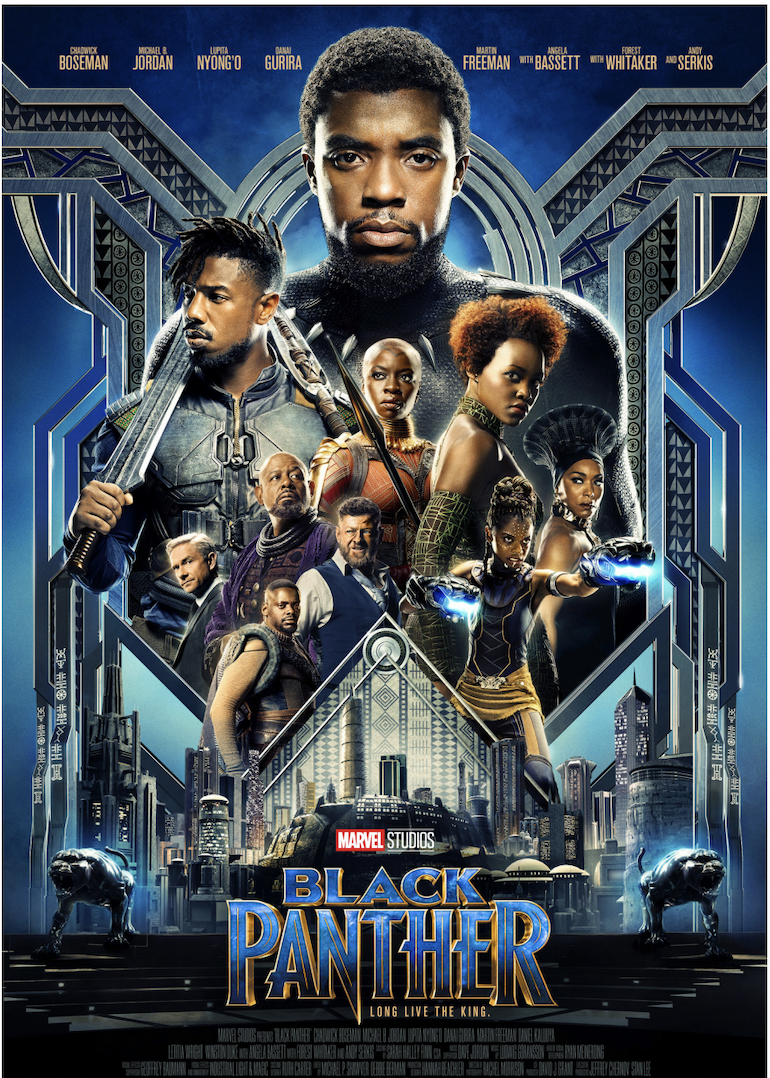 Black Panther Long Live the King movie poster. Photo Credit: © Marvel Studios.
Black Panther Long Live the King movie poster. Photo Credit: © Marvel Studios.
London Hippodrome opened its doors on 15 January 1900! Hippodrome is an archaic word for places that host horse races and other equestrian entertainment. In its early days, the London Hippodrome hosted circus performances that included horses, elephants, and various performances. It did not disappoint its audience!
In the 1960s, it re-opened as The Talk of the Town, a nightclub. In its heyday, it featured appearances by many famous Black artists of the time – Motown artists such as Diana Ross & The Supremes, The Temptations”, “The Jackson 5” & Stevie Wonder. Veterans of night club scene who also performed there were Eartha Kitt, Shirley Bassey, Cleo Laine, Sammy Davis Jr., Lena Horne, Ella Fitzgerald & Dionne Warwick. It fell out of public favour, and the venue closed in 1982.
In London, we are never far from the stories about the Second World War and the devastation caused by the Blitz. Despite the damage caused to buildings, casualties, and the fear of bombing invoked, some people in London continued to have a good time; their attitude was “drink and be merry for tomorrow ye may die!” Behind this anonymous door was once the Café de Paris on Coventry Street. It opened in 1924 with a luxurious interior modelled on the Titanic. During WW2, the Cafe de Paris was the most glamorous nightclub in London. It was also considered the safest. At 20 feet below ground and with a thick concrete roof, it was considered the “safest restaurant in town.”
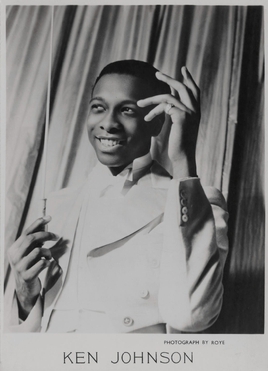
Ken ‘Snakehips’ Johnson. Photo Credit: © National Portrait Gallery via Wikimedia Commons.
One of the earliest Black stars of popular entertainment in the UK was Ken ‘Snakehips’ Johnson. He was a jazz band leader and dancer. He was a leading figure in Black British music of the 1930s. His career ended here prematurely in tragic circumstances.
On the night of 8 March 1941, during The Blitz, a 50 kg high-explosive bomb came through the roof straight onto the dance floor soon after the start of a performance. Time magazine reported that the orchestra was playing Oh, Johnny, Oh Johnny, How You Can Love! when the club was hit. Around 80 people were injured and at least 34 killed, including 26-year-old Johnson.
Johnson’s significance in maintaining the first established Black British band was social as much as musical. His musicians had an important influence on British jazz that continued beyond his death. The Café de Paris re-opened in 1948 but closed for good in December 2020.
Most people heading for Carnaby Street will likely pass by Kingly Street. There are restaurants and pubs creating a vibrant place to hang out. There is one place, 9 Kingly Court, that was the location of The Bag O’Nails. It was a live music club and meeting place for musicians in the 1960s. It must have been an amazing place to hang out. In 1966, the Jimi Hendrix Experience performed here to an audience that included the Beatles and the Who. What the assembled would hear was nothing like anything seen or heard from a guitar played by Jimi Hendrix. It is said that the volume and feedback were so loud many people fled the building! A new star – and a new sound – had been born. Eric Clapton also saw him perform at another gig in Regent Street – he stated, “my life was never to be the same again.”
Jimi Hendrix was an African-American who, although his mainstream career spanned only four years, is widely regarded as one of the most influential electric guitarists in the history of popular music and one of the most celebrated musicians of the 20th century. The Rock and Roll Hall of Fame describes him as “arguably the greatest instrumentalist in the history of rock music.” The Bag O’Nails is now part of music history, having closed in 1968, but what wonderful memories for those who were there in the room when a legend was born.
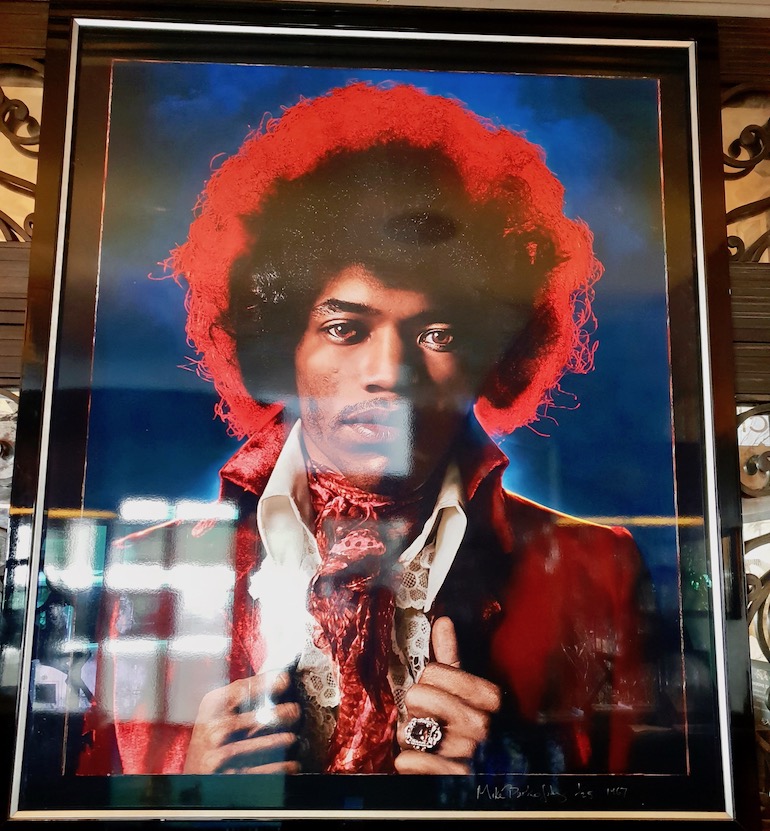 Jimi Hendrix photo at Sanctum Soho Hotel. Photo Credit: © Ursula Petula Barzey.
Jimi Hendrix photo at Sanctum Soho Hotel. Photo Credit: © Ursula Petula Barzey.



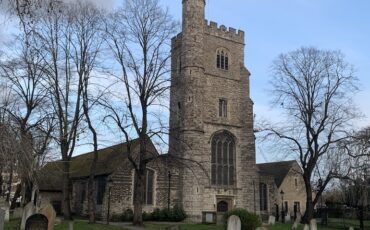



Leave a Reply